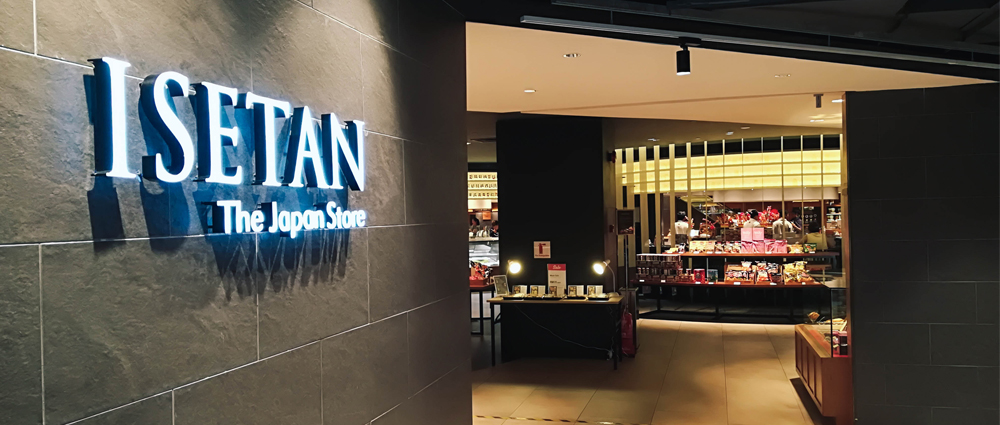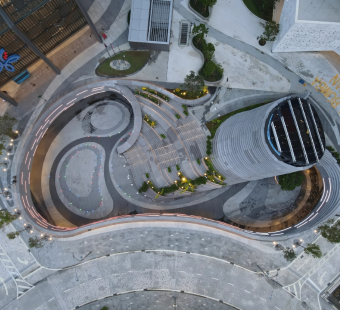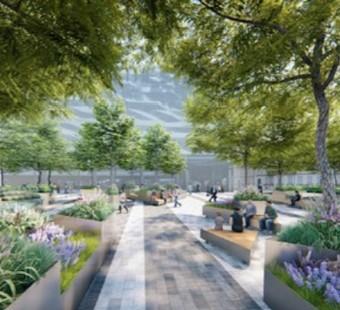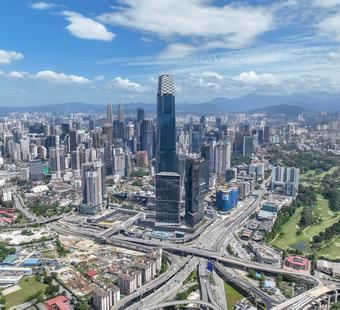The close economic ties between Japan and Malaysia has its roots in Prime Minister Dr. Mahathir Mohamad’s “Look East Policy” launched in the early 1980s.
Dr. Mahathir believed that the modernisation of the retail industry was crucial for the country's economic growth and envisioned the establishment of Malaysia’s own version of the sogo shosa, Japanese companies that trade in a wide range of products and materials.
Hot on the heels of this announcement, Japanese retail giants entered the Malaysian market, led by Jusco (rebranded Aeon in 2012), whose first overseas department store opened in Kuala Lumpur’s Dayabumi Complex, an architectural landmark built by a leading Japanese firm also under the auspices of the “Look East Policy”.
Swiftly following suit, Hankyu Jaya, Kiwisawa, Chujitsu and Yaohan commenced business in Kuala Lumpur, Ipoh and Penang in the late 1980s.
Rapid economic growth, advancements in education and the accompanying rise of the middle class in Malaysia provided a receptive market for Japanese retailer’s expansion into the country.
The 1990s saw the entry of Sogo and Isetan, now KL stalwarts catering to shoppers locals and tourists alike. Isetan now has four branches in KL focused on the higher-end market.
The 2016 launch of Isetan’s exquisitely designed concept brand, The Japan Store, created a buzz among KL’s fashionable set.
Designed by architect Paul Noritaka Tange of Tange Associates, in collaboration with interior designer Yasumichi Morita, president and representative director of Glamorous Co Ltd, the store offers the most stylish and authentic Japanese products, from food to homeware to exclusive fashion brands by top Japanese designers.
Sogo recently completed an extensive revamping of its store and has exciting plans to expand to new locations. The most prominent has been the agreement to bring Malaysia’s first Seibu department store to the Tun Razak Exchange’s (TRX) Lifestyle Quarter.
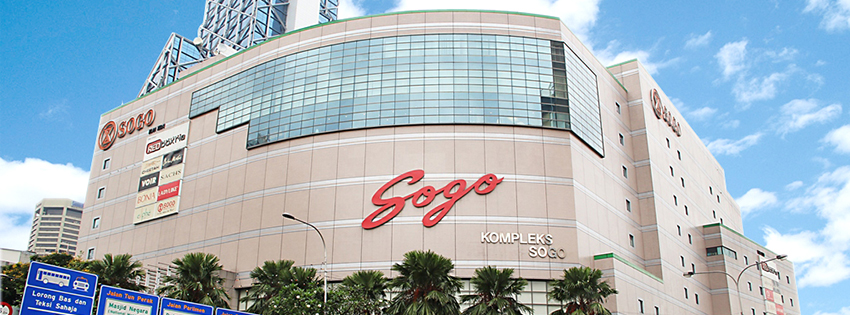
“We have signed on as an anchor tenant in a shopping centre there, taking up 250,000 sq ft of retail space. I believe TRX will be the next centre of commercial office and residence, just like KLCC was in the mid-1990s to mid-2000s,” said Datuk Alfred Cheng Yoong Choong, group managing director of Sogo (KL) Department Store Sdn Bhd (SKLDS), formerly group managing director of Singapore-listed Parkson Retail Asia Ltd and Hong Kong-listed Parkson Retail Group Ltd.
"I envisage future department stores will be bigger and better. Bigger means our minimum [retail] floor size will be about 200,000 sq ft to 300,000 sq ft per store as opposed to the current existing department stores operated by some of our competitors, which typically measure between 100,000 sq ft and 150,000 sq ft,” Cheng added to the Edge.
Diversifying on the back of “Cool Japan”
Today, Japanese retailers have diversified with an influx of more specialised consumer offerings, often riding on the “Cool Japan” image created through Japan’s vibrant popular culture.
Fashion brands Uniqlo and Muji, alongside affordable household retailers Daiso have led the charge. In the space of 8 years, Uniqlo has opened nearly 50 stores in Malaysia, and is the 31st fastest growing retailer in the world.
The brand has even partnered up with local Malaysian singer Yuna for an advertising campaign featuring their modest fashion line, specifically catered to the large Muslim population.
Daiso, which translates to “creating something big”, has 57 stores all over Malaysia, each offering a staggering 70,000 household items costing RM5.90 each, ranging from quirky knick-knacks like mannequin heads and pet clothes, to daily domestic items like cutlery, plates and cooking ware.
Preaching a Japanese lifestyle that extols the virtues of minimalism, simplicity, quality and a brandless ethos, Muji has been growing at a steady pace and currently has seven branches in Malaysia.
“We find people in Malaysia to be very receptive of our products and that the most popular items here are the same ones in Japan and Singapore. We are confident that we can expand our business here,” Muji Malaysia representative, Miho Takagi told the Star.
Look East 2.0
With Dr. Mahathir back at the helm, a revitalised “Look East 2.0” is in the works. As his first foreign visit upon reappointment, the newly elected leader visited Japan and held talks with his counterpart Shinzo Abe.
Prime Minister Abe made note that education, human resources development, technology transfer and industrial cooperation were promoted under the previous “Look East Policy”, and expressed the hope that the two countries would be able to expand and deepen the cooperative relationship and elevate it to new heights.
The future of Japanese retail in Malaysia looks sure to enter a new period of further expansion and creative diversification.

